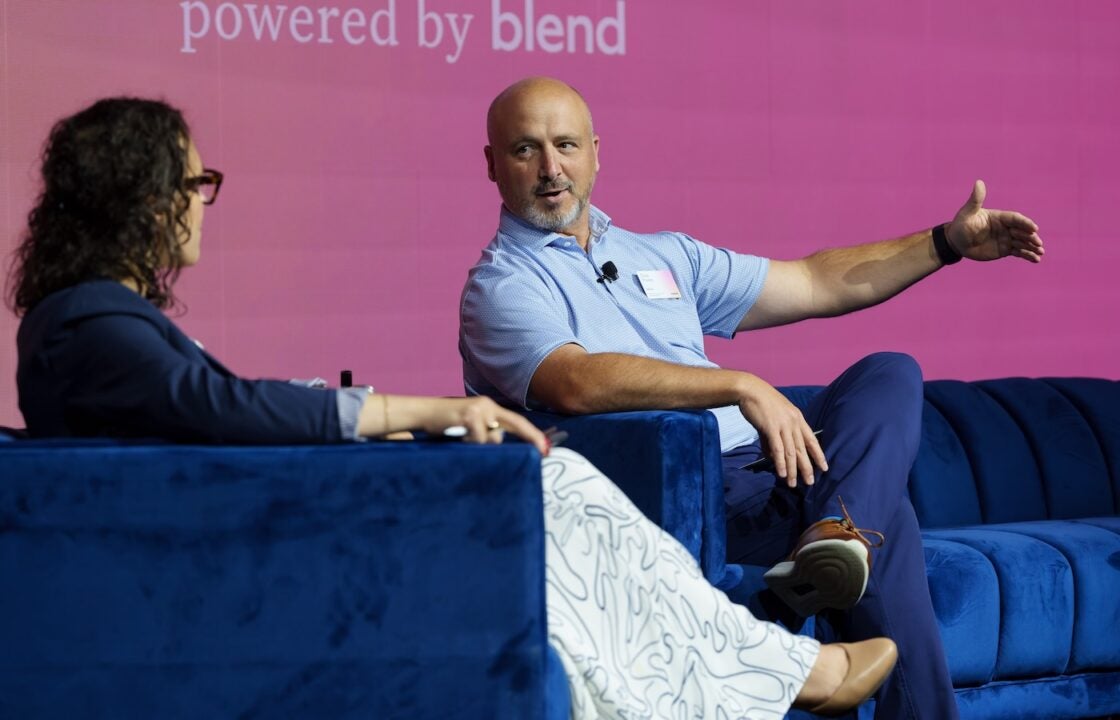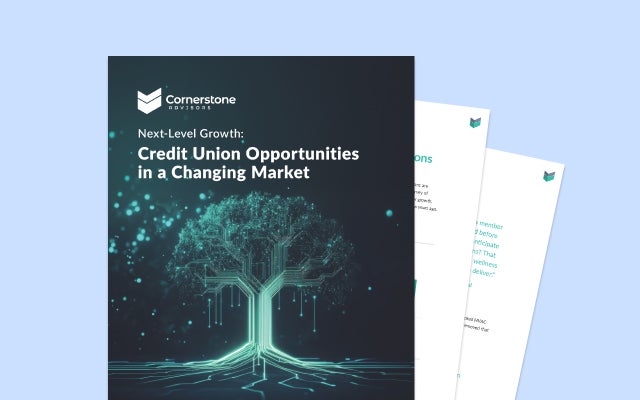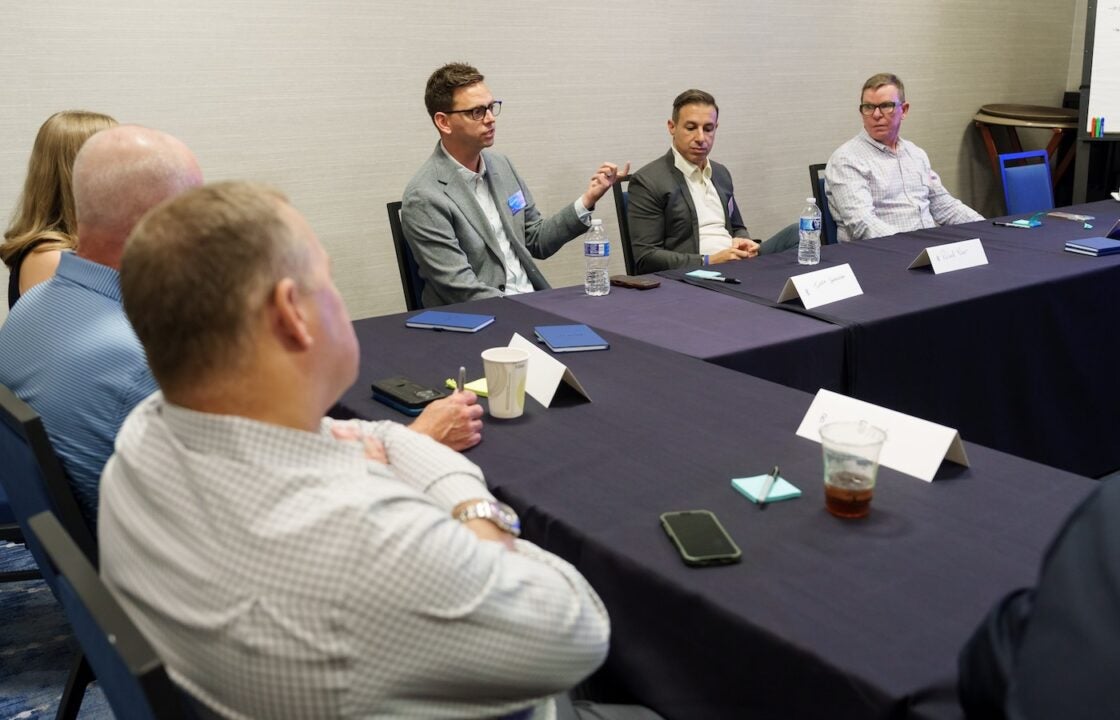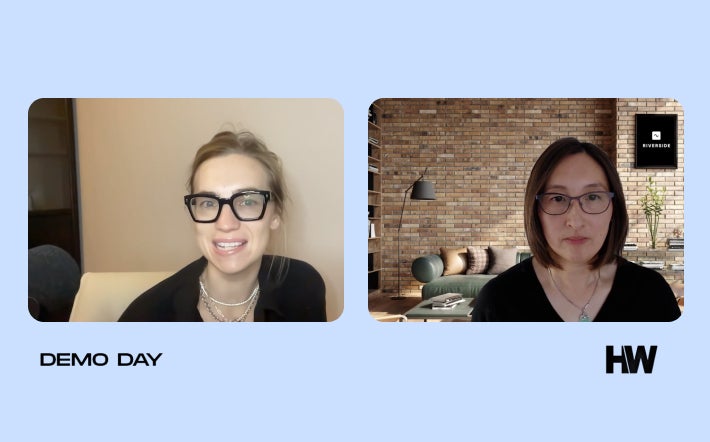November 5, 2025 in Thought leadership
The New Home Equity Buyer: Why Customers Start with Projects, Not Financing
Winning the $11.5 trillion home equity market demands that lenders redesign operations for speed, putting home equity origination at the center of their customer acquisition strategy.
Many banks still frame home equity as a “rainy day fund,” offering peace of mind to customers who might need credit someday. But that mindset no longer matches how consumers actually borrow.
“Ten years ago, customers started with the financing—today they start with the project,” says Chad Powers, who heads home equity for Fifth Third Bank. “When they’re ready to act, they’re looking for the easiest path to get financing, not a rainy-day fund.”
It’s a fundamental shift that’s redefining who wins in home equity—and why traditional approaches are falling behind.

The $11.5 trillion opportunity banks are missing
Here’s what changed: Homeowners no longer plan financing first, then shop for projects. They fall in love with a kitchen renovation, get quotes from contractors, commit emotionally to the outcome—and only then start looking for money. By that point, they want speed and simplicity, not relationship conversations about credit lines they might use someday.
The numbers prove it. US homeowners hold over $17.5 trillion in equity, with $11.5 trillion considered “tappable,” according to ICE Mortgage Technology’s latest Mortgage Monitor report. But utilization rates remain stubbornly low because banks are still selling insurance policies to people who need project funding.
Meanwhile, the actual moment of need—when someone decides to renovate, install solar, or tackle a major home improvement—happens somewhere else entirely. Fifth Third recognized this disconnect and completely rebuilt their approach. The results: nearly doubled home equity volume while transforming their customer acquisition model.
Put your brand where customers search
Traditional home equity marketing targeted existing customers through branches, direct mail, and generic “available credit” messaging. That’s backwards thinking in a project-first world.
Fifth Third now operates on a simple principle: be visible wherever customers might be researching or planning projects. “We’ve gone to paid search, lead aggregator sources—we’re putting our brand wherever the consumer may be,” Powers explains. “You gotta diversify your acquisition strategy and be available in all these different places.”
Tactics to consider:
- Paid search targeting project-specific keywords
- Partnerships with lead aggregators like Consumer Affairs
- Point-of-sale presence through home improvement networks
The strategy extends beyond marketing channels. Fifth Third acquired one of the largest solar home improvement finance companies and is rolling their home equity product through that distribution network. This puts them directly in conversations with homeowners who’ve already decided to move forward with projects.
This isn’t about more advertising. It’s about being present at decision moments rather than hoping customers remember your brand weeks later.
Turn HELOC into your customer acquisition engine
The biggest opportunity might be using home equity to acquire new relationships, not just retain existing ones. Historically, 98% of Fifth Third’s home equity originations went to existing customers. By diversifying acquisition channels, they’ve reduced that to 90%, with some sources delivering up to 75% new-to-bank customers. More importantly, these aren’t just loan relationships.
The conversion numbers are impressive:
- Up to 60% of new home equity customers establish full deposit relationships
- Many show ongoing banking activity, not just loan repayment
- There are growing cross-sell opportunities across the broader product suite
“We are seeing very healthy relationships come from these different channels,” Powers notes. “Customers are thinking about their banking relationship differently now—they’re willing to switch based on who provides the best lending experience.”
This creates a multiplier effect: home equity becomes both a revenue generator and a relationship acquisition tool that drives long-term customer lifetime value.
Speed wins when customers are ready to act
Project-driven customers have zero tolerance for slow processes. When someone has committed emotionally to a kitchen renovation and lined up contractors, a 30-day or longer approval timeline can kill the deal.
Fifth Third’s operational transformation focused entirely on speed and customer experience. They centralized all post-application customer engagement, pulling the process out of branches and into specialized home equity teams.
The results speak for themselves:
- Cycle times dropped from 100+ days to 29-30 days
- 25% of loans now close in under 15 days
- Redraw rates plummeted as process friction disappeared
“We take it from application all the way through closing,” Powers explains. This centralization eliminated process friction that was designed for branch banker convenience rather than customer needs.
When you’re competing at the moment of customer need, speed becomes your primary competitive differentiator. The lender who can close fastest wins the relationship.
Three actions to capture project-driven customers
The shift from finance-first to project-first behavior isn’t coming. It’s already here. Banks that adapt quickly will capture disproportionate market share and build stronger customer relationships. Those that don’t will watch competitors capitalize on their growth opportunities.
Start with these three moves:
- Diversify your acquisition strategy beyond existing customers. Move marketing spend to project-planning moments—paid search, home improvement partnerships, point-of-sale financing networks. Be visible where customers are researching projects, not where banks traditionally advertise.
- Redesign operations for speed, not branch convenience. Centralize post-application processes with specialized teams focused on home equity fulfillment. Eliminate handoffs and friction points that slow down customers ready to act.
- Measure relationship conversion, not just loan origination. Track how many new home equity customers establish deposit relationships, use additional products, and drive long-term value. Home equity becomes your customer acquisition engine when you optimize for lifetime value.
The customers have already changed their behavior. The lenders who recognize this shift first—and build operations to match—will own the future of home equity lending.

Your competitors are already making these moves. The question is whether you’ll adapt fast enough to compete.
Find out what we're up to!
Subscribe to get Blend news, customer stories, events, and industry insights.


